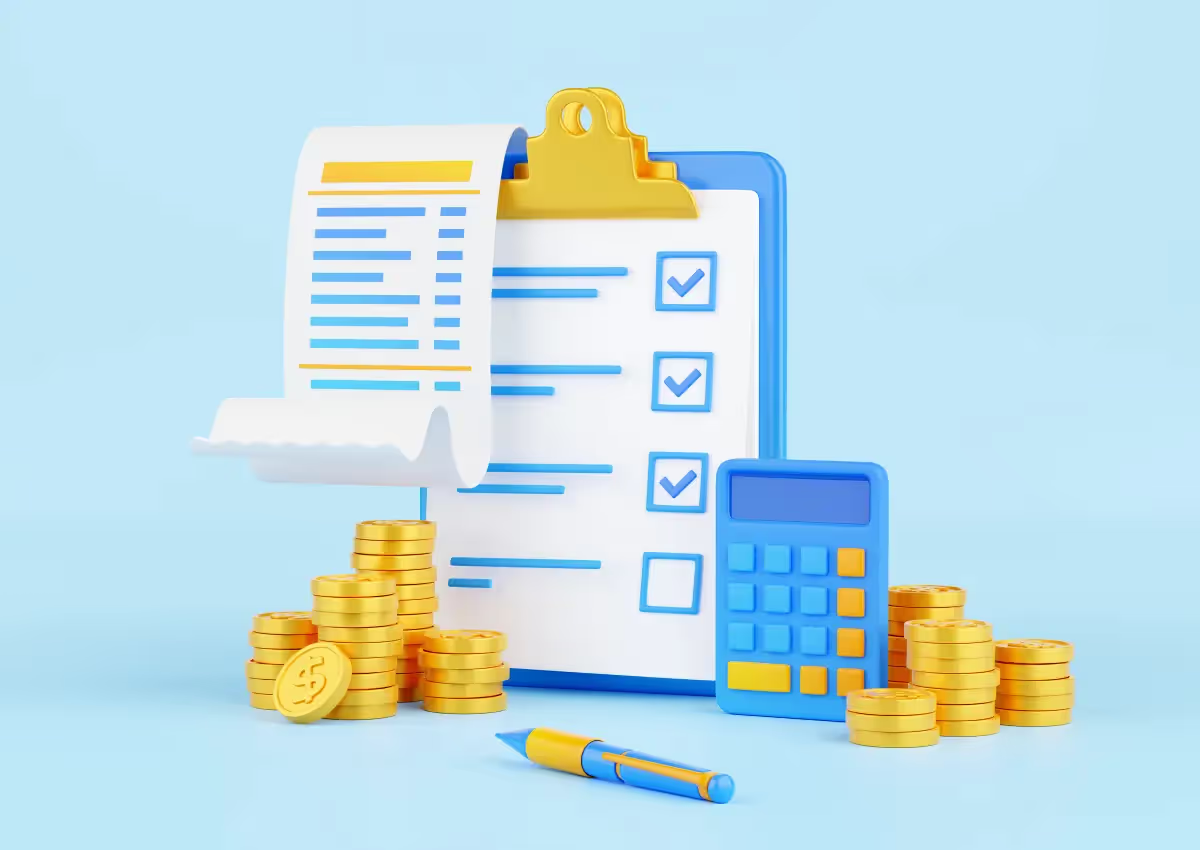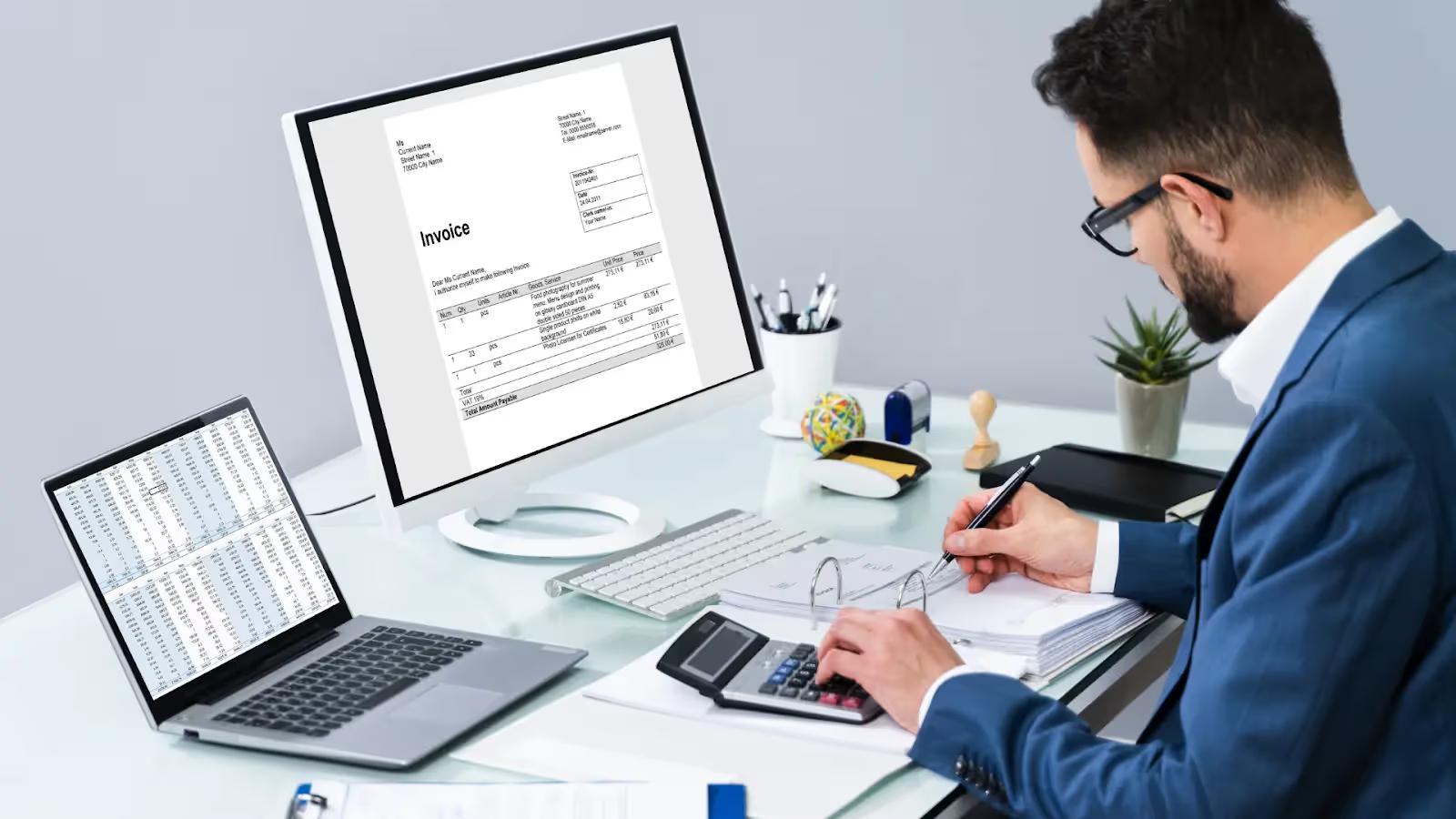Netgain on: Accounts receivable
Discover the importance of accounts receivable in business. Read on to learn how to optimize cash flow and maintain healthy customer relationships.

Accounts receivable is an important component of a business's financial health. It is the money owed to a business by its customers in exchange for goods or services provided.
Knowing how to manage accounts receivable effectively is essential for businesses to ensure that they are getting paid in a timely manner and that their cash flow remains healthy.
Read on to learn more about accounts receivable and why it’s important to your business.
What are accounts receivable?
Accounts receivable are amounts owed to a business by customers who have purchased goods or services on credit. The accounts receivable balance is typically found on a company's balance sheet and represents the amount of money the company is owed from customers.
This is created when a company provides goods or services to customers and allows them to pay later. The customer must then pay the amount due by a certain date. This process is known as extending credit.
To keep track of accounts receivable, companies typically use invoices. An invoice is a document sent to the customer that outlines the goods or services purchased, the total amount due, and the payment due date.
Companies can then use the invoice to track the customer’s payment status and ensure the customer pays the amount due.

Why do I need accounts receivable?
Accounts receivable are important to businesses, as they help ensure that customers pay for the goods and services they have received. You can look at accounts receivable as the money owed to a business by its customers. Some important reasons companies utilize accounts receivable are to:
- Record cash flow: Businesses need to keep track of their accounts receivable, as it helps them to manage their cash flow and maintain healthy customer relationships. This means they can quickly identify customers who are overdue on their payments, and take action to ensure that payments are received in a timely manner.
- Customer relationships: Accounts receivable also helps businesses to maintain healthy customer relationships. By keeping track of customer payments, businesses can quickly identify any customers who are habitually late with their payments, and take action to ensure that payments are received on time.
- Identify missed payments: In addition, accounts receivable help businesses to identify any customers who are not paying their bills in full. This allows businesses to take action to ensure that payments are received in full, and that the business is not losing out on any income.
How to create accounts receivable
- Invoice Customer: Accounts receivables are created when a business issues an invoice to a customer and provides a service or product. This invoice is a document that outlines the goods or services that the customer has purchased, as well as the amount due for payment. Once the customer has received the product or service, they will pay the invoice to settle the debt.
- Receive Payment: The payment can be made in various ways, such as cash, check, credit card, or bank transfer. Once the payment is received, the business will then record the payment as a reduction to the accounts receivable. This will be done through the use of accounting software or through manual ledger entries.
- Reporting: Accounts receivable will then be reported on the company's balance sheet. This will provide an accurate picture of the company's financial situation, showing the amount of money that customers owe the company.
Frequently asked questions
Why is accounts receivable management important?
Think of accounts receivable (AR) as an IOU from your customers. It's an asset because it represents the cash a company is owed and expects to receive in the future. Managing AR is crucial, as it directly influences a company's cash flow. Timely collection of AR ensures a steady inflow of cash, enabling the business to meet its own financial obligations.
What are some associated accounting concepts?
There are some terms closely related to AR that you should be familiar with:
Bad debt expense
This represents the amount that a company believes it will not collect from its accounts receivable. In the normal course of business, there will always be customers who default on their payment obligations. Companies must anticipate this scenario to keep their financial records accurate. This anticipation leads to the concept of 'Bad Debt Expense.' Bad debt expense represents an estimate of the total amount that a company believes it will not collect from its accounts receivable.
For example, if a company extends credit to customers totaling $100,000, and it anticipates that 2% of that amount will not be recoverable, it would record a bad debt expense of $2,000. The recognition of bad debt expense also has a direct impact on a company's profit and loss statement as it's considered an operating expense.
Allowance for doubtful accounts
To complement the idea of bad debt expense, the concept of 'Allowance for Doubtful Accounts' is used. This is a contra-asset account, which directly reduces the total accounts receivable on the balance sheet to reflect only amounts expected to be paid. When an account receivable is determined to be uncollectable, it is either written off to this allowance account or directly against accounts receivable.
The purpose of this allowance is to ensure that the company's accounts receivable are reported at their net realizable value (the amount the company expects to collect), providing a more accurate picture of the company's financial position.
Days sales outstanding (DSO)
This measure provides insight into the effectiveness of a company's accounts receivable collection practices. DSO represents the average number of days that it takes a company to collect its accounts receivable after a sale has been made. If a company has a DSO of 40 days, this means, on average, it takes the company 40 days to collect the money it is owed after making a sale.
High DSO could be a warning sign that a company is struggling to collect its receivables, while a low DSO suggests prompt payment from customers. Companies strive to reduce their DSO to enhance their cash flow and minimize the risk of uncollectable accounts.
What happens if a customer doesn’t pay their AR?
A company may have to write off this receivable as a 'bad debt expense' if a customer fails to fulfill their payment obligations.
Why does AR have a debit balance?
AR is an asset, and in accounting, increases in assets are recorded as debits.
How do companies manage large amounts of AR?
They employ techniques such as performing credit checks, engaging collection agencies, or factoring (selling their receivables to a third party).

